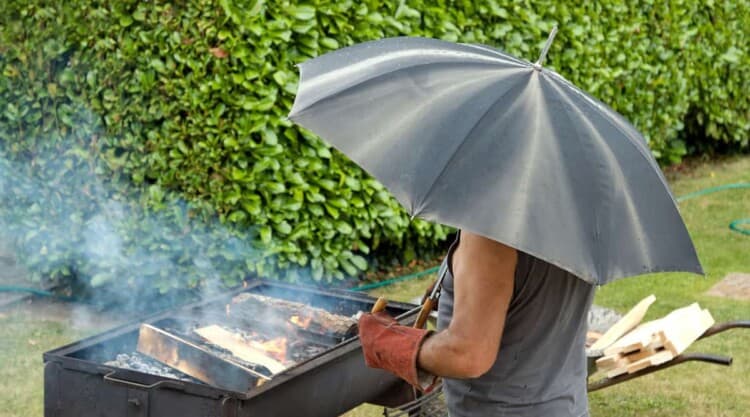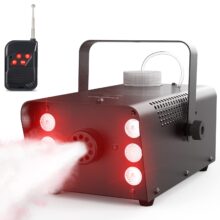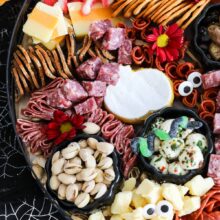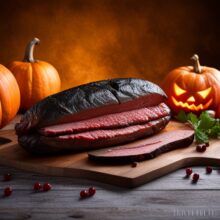Grilling in the Rain

The rain can cause problems while grilling, but you can use a large patio umbrella to protect your food and grill from the elements. You can also put covers over your food and have another person hold your umbrella. However, if you do grilling in the rain, you’ll need to be more focused on what you’re doing.
Safety precautions
When grilling in the rain, you have to take extra precautions to ensure that the food cooks thoroughly. The damp gas or coals will take longer to cook, and this could cause your food to be overcooked or even burnt. If you are grilling in an area that is not well-covered, you may need to move the grill indoors, under an awning, or under a covered area.
Another safety precaution to take when grilling in the rain is to move the grill if the rain is coming down directly. Doing so will allow the grill to maintain a higher temperature. Rain also creates a cooler environment than dry air, which affects the grill’s ability to maintain heat. If you cannot move your grill, you can put it under a canopy or roof that is at least 9 feet high. This will prevent charring from the heat of the grill.
When grilling in the rain, you should wear clothes that are waterproof. Clothing that has long sleeves or dangling pieces can catch fire. If you must wear a jacket, make sure that you tie it back away from the front to prevent it from getting wet. Additionally, make sure that you do not leave your grill unattended. This will help you avoid the risk of a fire or ash explosion.
As with any type of weather, grilling in the rain requires extra planning and precautions. While a light mist of rain will not harm you, a heavy downpour and lightning are much more hazardous. If you have to grill during heavy rain or a storm, you should get inside as soon as possible. Follow these basic safety precautions and enjoy your grilling experience.
Pre-cooking
One way to counteract grilling in the rain is by pre-cooking inside before the rain hits. This will cut down on cooking time and keep the temperature in the grill. You can also use the reverse sear method of cooking steaks inside on low heat until they reach a temperature of 120 degrees Fahrenheit. This will give you grilled steaks with a nice grilled look and flavor. Using foil to cover the grill can also help reduce the cooking time and keep the heat in.
If you do grilling in the rain, be sure to wear appropriate protection. You should also bring a thermometer to make sure the temperature is stable. Rain can decrease the grill temperature, so be sure to use a thermometer to keep an eye on the temperature of your food. This will help you keep the temperature at an optimal level, and make your food cook faster.
Another way to grill in the rain is by pre-cooking your meat in the oven. By doing this, you will be able to cook the meat faster, and you’ll get that delicious smoky barbecue flavor. In addition, you can use foil-pack dinner recipes, which can make the cooking time a lot shorter. Even if you’re grilling in the rain, it’s still a fun way to enjoy your grilling activities.
Although grilling in the rain can be a little bit challenging, it’s an experience that can be rewarding. If you follow a few simple tips, grilling in the rain can be a safe and memorable experience. Just make sure to keep your grill out of the way of flooding, and take extra precautions to prevent food from becoming too dangerously contaminated.
Covering your grill
A grill cover is essential to protect your grill in the rain. Water can cause rust to form on metal parts of the grill, which is harmful. The cover should be tightly fitted to prevent water and moisture from entering the grill. Leaving a grill uncovered in the rain can ruin the flavor of the food you’re cooking, so you’ll want to cover it when it’s raining.
You should also make sure to spray any new covers you get with silicone to make them even more water-repellent. Although grill covers are not magical, they are an easy and inexpensive way to protect your grill when not in use. In order to make sure your grill lasts, you need to keep an eye on rust, weather, and critters.
The efficiency of a grill cover depends on how often you use it. A good cover should take no longer than ten minutes to deploy and take off. If you need to cover your grill every day, it will take more time, so choose a cover with convenient handles and quick-tie fastening straps.
If it’s a heavy rain, you can move your grill under a building or other structure. In this way, you can avoid having to buy an expensive cover or hire a contractor. If the weather is bad, you can even use an umbrella as a shelter to protect your grill from the rain. You should also make sure to cover your food to prevent it from rotting.
A heavy-duty grill cover is an excellent choice. They protect your grill from rips and tears and are UV and wind-resistant. A heavy-duty grill cover also has an adjustable hem for a secure fit.
Electric grills
There are a few things you can do to protect your electric grill from the rain. First of all, you should keep the area around the grill clear of puddles. Also, you should close the lid of the grill to protect the electrical components. If possible, use a weatherproof cover to further protect the grill.
You can also use your gas grill to grill in the rain. The only difference is that with a gas grill, you have to ensure the lid is closed. You can also move the grill under cover if the weather is not too bad. If you do plan on grilling in the rain with an electric grill, you need to remember that the combination of water and electricity can be dangerous.
You should also consider the size of your electric grill. There are smaller models designed for grilling for one or two people, while larger ones can accommodate a whole family. You should also consider the size of the space it occupies, since you will most likely keep it indoors when not in use.
If you plan to grill outside during inclement weather, the best option is to cover the grill with a tarp. Make sure it covers at least 6 feet from the grill’s level. Then, you should wait until the rain is over to start grilling. However, if you don’t have a tarp, you can use grill tents as a cover.
A few other considerations should help you grill safely and effectively in the rain. While it can be risky to grill in the rain, you can still find a grill that works perfectly in light rain. Make sure to dry the grill thoroughly before using it again so it doesn’t rust.
Vegetables
When you’re grilling vegetables, you’re adding a lot of vitamins, minerals and other good stuff to your diet. It’s also a great way to spend time outside. And, since it’s raining, that means there are no insects around to get in your way.
To make grilling in the rain easier, prepare your vegetables ahead of time. If you’re grilling steaks or burgers, you can use a technique called reverse sear, where you start cooking the steak in the oven and finish cooking it on the grill. For vegetables, you can try foil pouching, which will help retain heat and moisture and cut down on cooking time.
You can also grill vegetables indoors if you have a grill. Just pre-heat a grill pan or use a baking sheet. Be sure to brush the vegetables with oil before grilling. When you’re done cooking them, store them in an airtight container for up to four days. Or, you can serve them cold.
Depending on your vegetable, you can use bamboo skewers or metal skewers. For larger vegetables, you can use foil packets. When grilling, keep in mind that foil packets may not allow you to fully cook the vegetables. Be sure to turn the vegetables often to ensure even cooking. You may also need to add some oil or marinade to them.
Read more great BBQ articles at Bob's BBQ Tips
Did you miss our previous article…
https://notoriousbob.net/?p=2408



